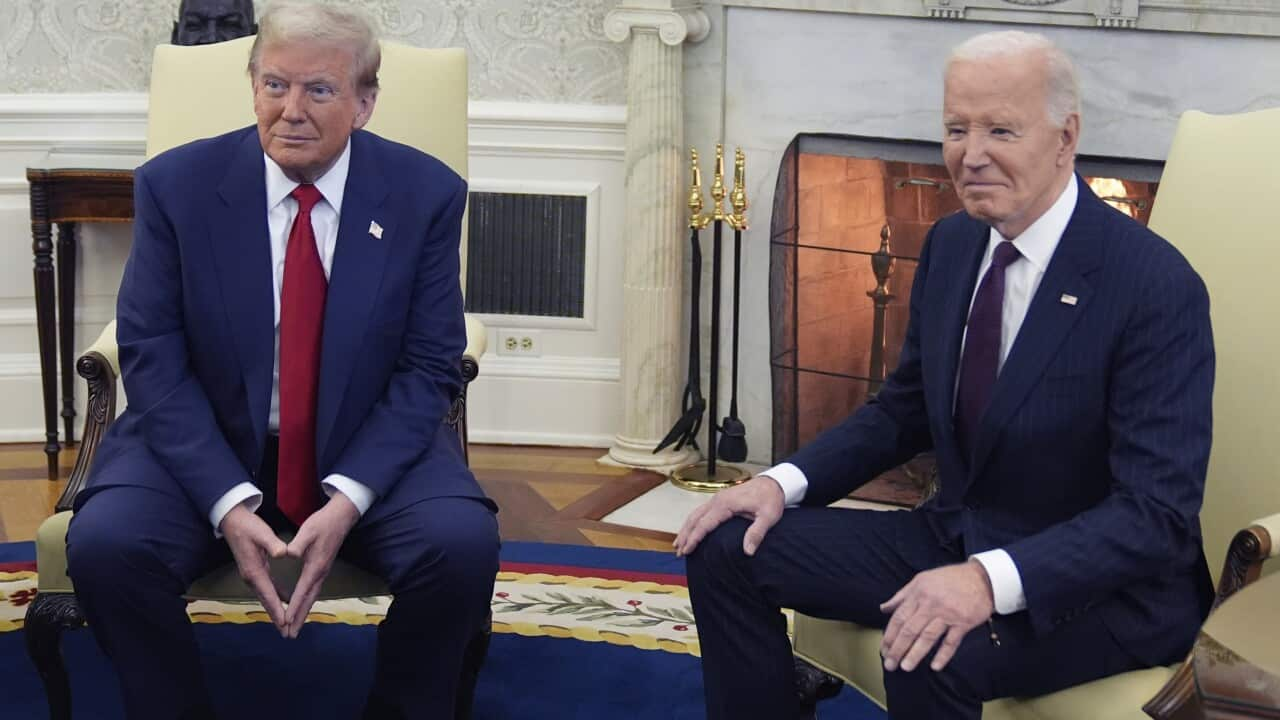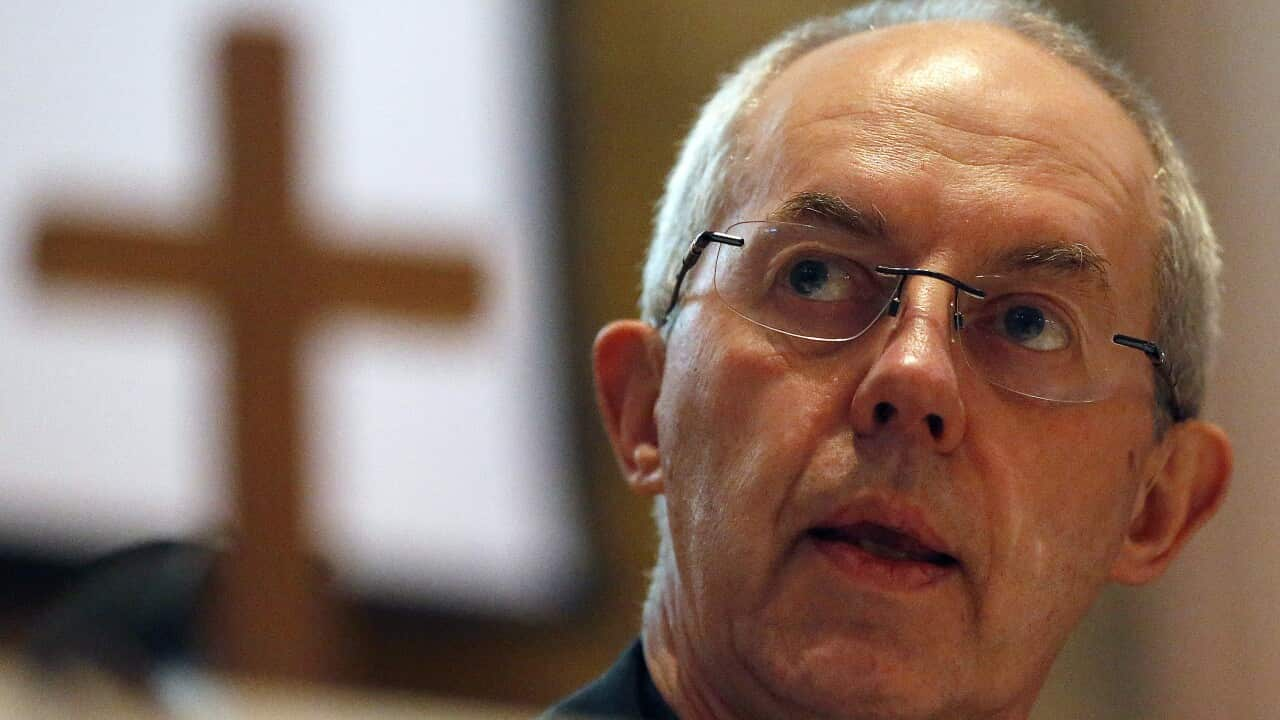Key Points
- The Association of Super Funds of Australia says 30 per cent of Australians have enough super to retire comfortably.
- The group says couples need $690,000 in super to fund their retirement, while singles need $595,000.
- The median super balance for men remains significantly larger than that for women.
Only around a third of Australians have superannuation balances that would support a comfortable retirement, according to Australia’s peak superannuation body. Yet for those nearing retirement, thoughts around this number differ.
Around 2.5 million Australians are expected to retire in the next decade, but some are amid rising cost of living pressures.
“Probably about $45,000 to $50,000 just to live comfortably, without living like a pensioner,” suggested one person interviewed by SBS News.
“Well, just looking at news media and other outlets, I think I probably need a million dollars or just over,” said another.
A third person offered a significantly higher figure.
“I don’t really know … I’d say a couple of million, though.”
The amount Australians will need each year to fund a comfortable retirement has increased. Source: Getty / SDI Productions
Last month, that couples now need $690,000 in superannuation to fund their retirement, while singles need $595,000.
However, just 30 per cent of Australians right now will be able to retire comfortably, according to new ASFA research providing an update on superannuation balances.
The figures are based on couples aged 65 to 84 who own their own home needing a minimum of $73,337 a year to enjoy a comfortable retirement and a single person needing at least $52,085.
But these numbers are expected to rise in the next three decades as living costs increase.
ASFA defines a comfortable retirement as the ability to afford everyday expenses, an occasional restaurant meal, and an overseas holiday once every seven years.
‘Persistent gender super gap’
In June 2022, the median superannuation balance for people aged 60 to 64 was just over $205,000 for males and a little under $154,000 for females — a 25.2 per cent difference.
Men hold 56.6 per cent of total superannuation assets.
A graphic showing the disparities in superannuation balances between men and women. Source: SBS News
ASFA CEO Mary Delahunty says there are persistent gender gaps when it comes to retirement funds.
Data released by ASFA “shows that there is a persistent gender super gap for people retiring, and while this is a magnification of what happens in working life, there are certain policies that we need to see enacted to address this”, she said.
“Firstly, superannuation on paid parental leave, which is currently being debated in the parliament, is a really critical component to this. Secondly, we need to seek fairer tax settings for those on low incomes.”
The report also shows that First Nations individuals and are similarly disadvantaged, with both groups having lower average balances than the general population.
Superannuation accounts decimated during COVID
The superannuation balances of younger, lower-income workers and single parents had been most heavily impacted by COVID Early Release payments, the report said.
Around 160,000 accounts closed as a result, with up to one million accounts left with less than $1,000.
Delahunty says the early release payments were detrimental to the retirement funds of Australians who accessed them.
“We saw a really unfortunate policy lever pulled in COVID that we hope never to be touched again, and that was the attack on preservation,” she said.
“It has had an enormously detrimental effect on retirement balances, which means that people have had to take from their own future selves to bail themselves out of COVID and they will feel that in the long run, it’s terribly unfair on them.”
$17.8 billion in unclaimed super
Australian Taxation Office (ATO) data published on Tuesday has revealed Australians are entitled to billions in super they may not be aware of.
“Since 2021, the ATO has reunited almost $6.4 billion of unclaimed super with its owners,” deputy commissioner Emma Rosenzweig said. “But there is still more than $17.8 billion waiting to be found.”
The lost and unclaimed super is due to Australians having forgotten to update their contact details, meaning their super fund is unable to find them.
The figure included $471 million held for people already at retirement age.
Rosenzweig urged Australians who had changed jobs, moved house, or forgotten to update their details to check if they had unclaimed super waiting for them.
The ATO says many Australians have forgotten to update their contact details so their super fund can’t find them. Source: Getty / coldsnowstorm
In further positive signs, the ASFA research showed that while average and median account balances were down slightly in 2022 compared to 2021 due to poor investment returns, they have since bounced back.
Average returns in the 2022–23 financial year were 9.2 per cent, and 9.1 per cent in the 2023–24 financial year.
And by 2050, the number of people retiring with enough money to fund a comfortable lifestyle is set to rise to 50 per cent or more, the ASFA report said.
The superannuation guarantee rate increased to 11.5 per cent in July, rising to 12 per cent next year.
Experts say people should check their payslips and superannuation statements to ensure they’re being paid correctly.

















